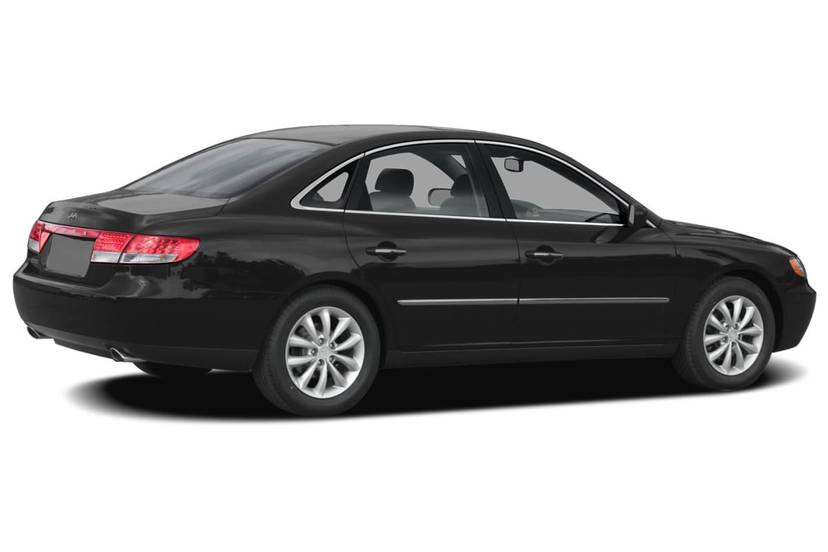
I’m on a budget these days, which means that, product-by-product, I have to sacrifice style and luxury for cheap and “this will make do for now.” From clothing to household products, I abandon my desire to be fashionable for practical resources. It’s not bad being on a budget; it just makes it difficult to go on shopping sprees. It means fewer visits to the spa and additions to my shoe and purse collection.
For moms on a budget that still desire a dose of luxury, the Hyundai Sonata is a welcome surprise. There’s no coupon-cutting needed for this one, the value is there and the price is right. It’s not the perfect mom-mobile, but it has a lot going for it. With the money I can save on this car, I can prepare a nice family dinner instead of relying on Ramen noodles.
Although there’s leather seating, the interior lacks slightly in the luxury design department. While the exterior look of this car has me fooled that it’s a Hyundai (and from the rear actually looks like a Jaguar), the interior accents scream, “Hey, we had to keep this car affordable, remember?” I’m assuming Hyundai saved money when designing the climate and radio control area. Very “plain Jane.”
The rest of the interior is quite luxurious with a roomy and airy feel. The leg room is phenomenal! The accommodations in the Sonata are quite spacious and comfortable. The roominess in the trunk is just as generous.
As I’m driving down the road I notice my passenger seat belt light keeps blinking, yet no one is in the seat. Apparently my purse exceeds the weight capacity and the car thinks a person is sitting there. This light is annoying. It’s red and it blinks continuously until I move my purse to the floor. This won’t work well, as my purse is my companion and I like to have it at arm’s length. Perhaps I need to learn to pack less?
Another annoyance is the beeping sound the car makes when I take off my seat belt before I turn off the engine. The second I take off my seat belt the car beeps angrily at me. I know it’s a safety feature but, honestly, the sound is getting on my nerves. After all, I’m not driving as I take off my seat belt; I’m in park and about to turn off the engine.
Aside from a few annoyances and the lack of style in the interior accents, this car is an affordable dose of luxury suitable for most aspects of a mom’s life: career, kids, date-nights, and anything else that comes along the way (like room for more kids or more stuff that belongs to those kids). It even comes equipped with butt-warmers. Now, that’s luxury.
*For more information on the car and its safety features visit Cars.com.
Let’s Talk Numbers LATCH connectors: 2 Passenger seating (including driver): 5
It’s the Little Things That Count Storage Compartments (puny, fair, ample, galore): ample Cargo/Trunk Space(puny, fair, ample, galore): galore
Sense and Style Family Friendly (not really, fair, great, excellent): excellent Fun-Factor (None, some, good times, groove-on): good times

































